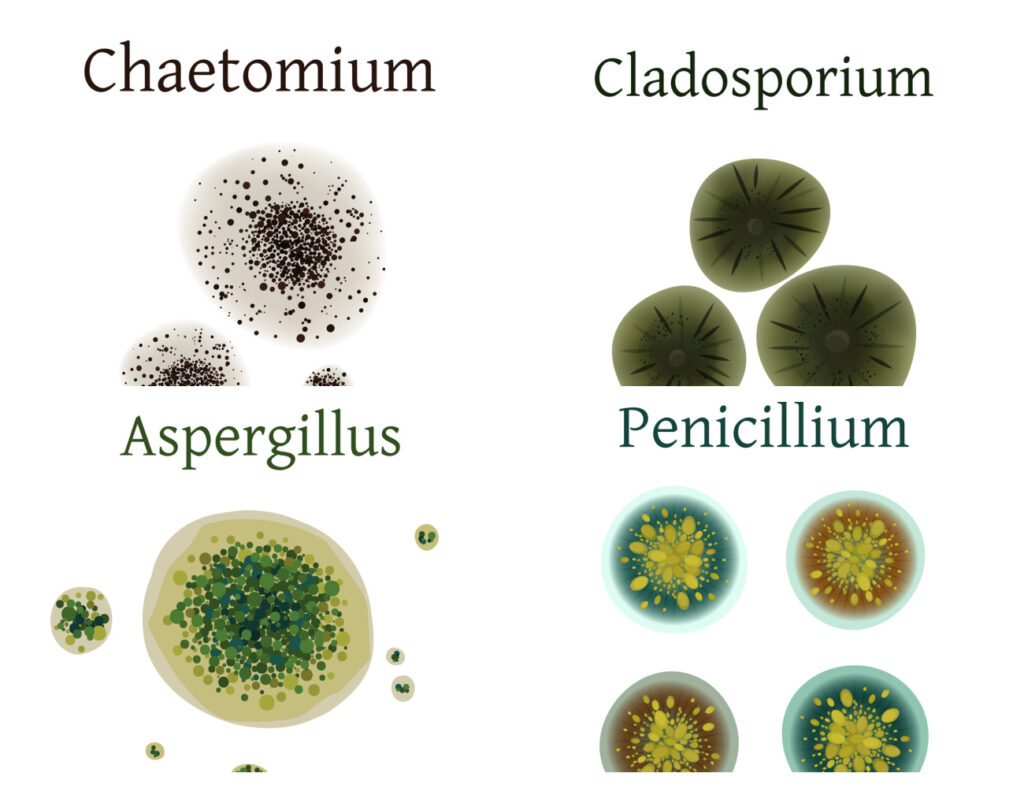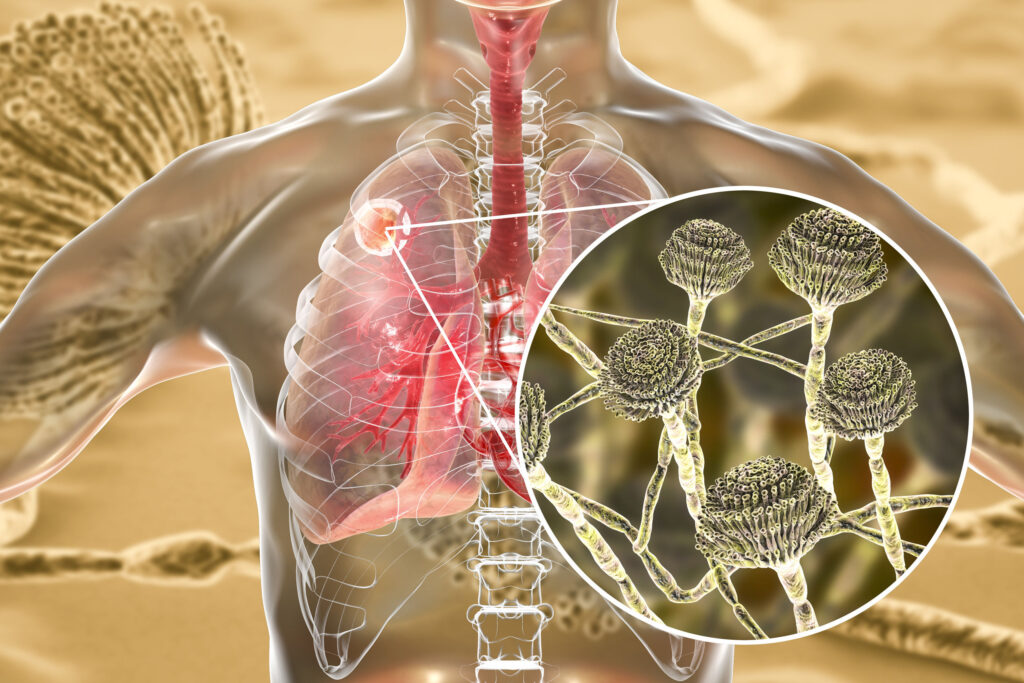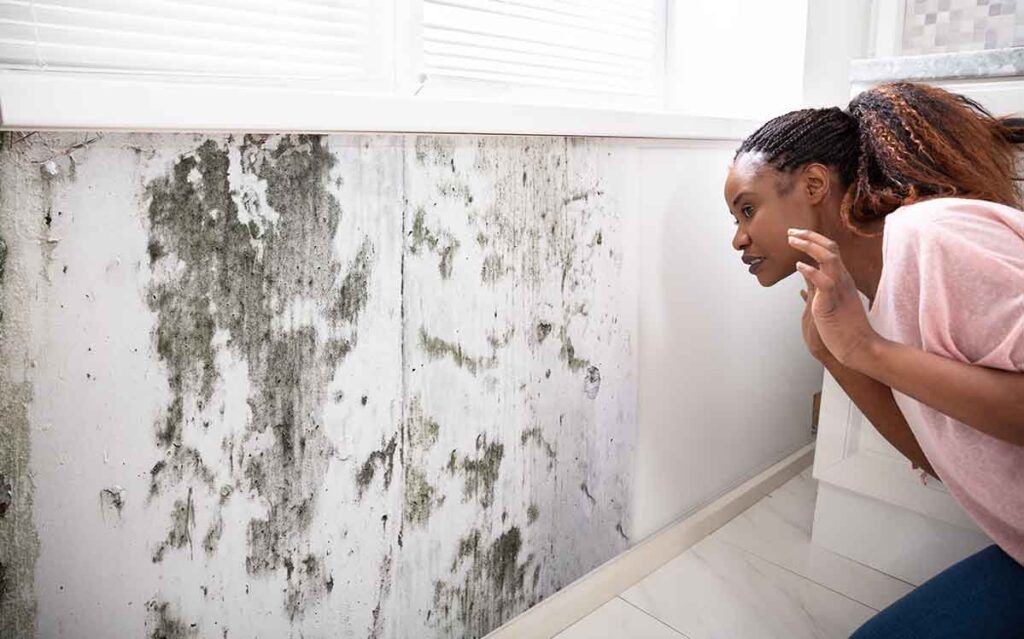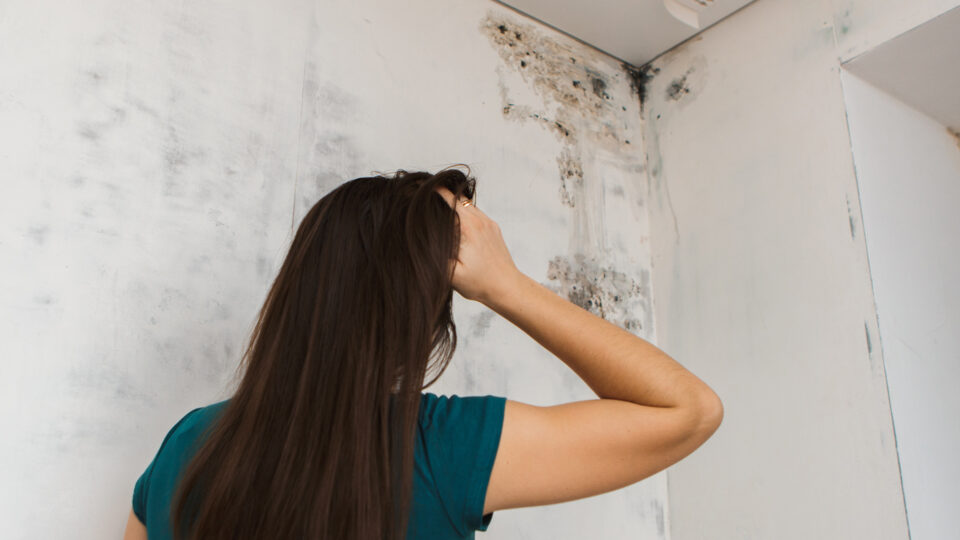Mold is more than just an unsightly invader in our homes; it’s a complex organism that can wreak havoc on our health. From the moment tiny spores take root in damp corners, they can trigger a cascade of symptoms that often go unrecognized.
Some people may experience subtle signs, like a persistent cough or unexplained fatigue, while others might face more severe respiratory issues or allergic reactions. The challenge, however, lies not just in identification but also in action.
How do we navigate the nuanced interplay between mold exposure and the myriad health problems it can induce? This guide will unravel the layers of this pervasive issue, offering insights into the telltale signs and the necessary steps for remediation. You’ll learn to differentiate between common myths and facts, empowering yourself to reclaim a safe and healthy living environment, free from the shadows of mold.
Common Types of Mold Found Indoors

Indoor environments can host a variety of mold types, each with its own potential health implications. Among the most common culprits is Aspergillus, a mold that thrives in damp, warm areas and can lead to respiratory issues, particularly in those with weakened immune systems.
Another frequent visitor is Cladosporium, often found in carpets and fabrics, which can trigger allergic reactions.*Penicillium, recognizable by its blue or green hues, often grows on damp building materials and can produce mycotoxins harmful to human health.
Meanwhile, Stachybotrys chartarum, more notoriously known as lack mold, flourishes in water-damaged structures, posing serious risks such as chronic fatigue and respiratory ailments. Lastly, Alternaria can invade homes through windows or doors and is known to aggravate asthma symptoms.
Understanding these common mold types is vital for identifying sources of indoor air quality problems and taking appropriate action.
Recognizing the Symptoms of Mold Exposure

Recognizing the symptoms of mold exposure can be a perplexing endeavor, as the manifestations often mimic other common ailments. Sneezing, a runny nose, and itchy eyes might seem like your typical seasonal allergies, but they could signal something more insidious lurking in your environment.
Fatigue and headaches, often dismissed as stress-related, may also point to an unseen mold problem. In more severe cases, individuals might experience skin rashes, respiratory issues, or even neurological symptoms, creating a tapestry of discomfort that can be difficult to unravel.
As you navigate this landscape of health challenges, it’s essential to pay attention to patterns; does your condition worsen in certain areas of your home? Has anyone else in your vicinity experienced similar symptoms? Understanding these nuances can be the key to addressing the underlying mold issue effectively and safeguarding your well-being.
Natural Remedies and Treatments for Mold-Related Symptoms

When combating mold-related symptoms, many individuals turn to natural remedies that offer relief without the side effects often associated with conventional medications. Herbal teas made from ingredients like ginger and peppermint can soothe respiratory discomfort and reduce inflammation.
Additionally, inhaling steam infused with eucalyptus oil may help open airways and alleviate congestion, providing a moment of respite from the persistent effects of mold exposure. On the topical front, a paste of turmeric and honey can work wonders on skin irritations triggered by mold, leveraging turmeric’s anti-inflammatory properties.
Furthermore, ensuring your home is well-ventilated and utilizing essential oils like tea tree or lavender can not only purify the air but also create a calming atmosphere. By integrating these holistic approaches, those affected may find a path toward relief that nurtures the body while addressing the root of their discomfort.
Conclusion
In conclusion, recognizing and addressing mold-induced health problems is essential for safeguarding both physical well-being and overall quality of life. Individuals should remain vigilant for common symptoms associated with mold exposure, such as respiratory issues, skin irritations, and headaches, and take proactive measures to reduce their risk.
When in doubt, seeking professional assistance can be invaluable; consulting a reputable Mold Inspection Company can help identify hidden mold sources and provide effective solutions to remediate infestations. By being informed and proactive, we can create healthier living environments and mitigate the potential health impacts associated with mold.

